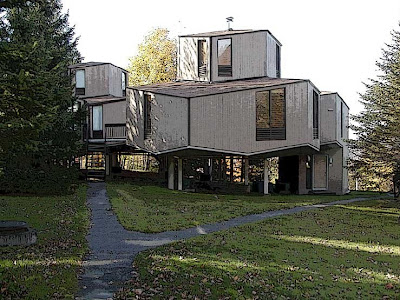A total of 482 tsunamis have been reported in the 20th Century alone, with at least 133 having a runup greater than 1.5 meters. We know that Japan, the West Coast of South America, Alaska, the Aleutian Islands, Kamchatka, and the Kuril Islands are potential tsunami generating areas. We know that these are the boundaries of major tectonic plates. But what about all the other subplates of the inland seas that have produced also the big destructive tsunamis and for which we have not established seismic gaps? Where in the Pacific Ocean can we expect the big tsunamis in the 21st Century other than the areas mentioned? Let us be more specific. There are many tsuna A total of 482 tsunamis have been reported in the 20th Century alone, with at least 133 having a runup greater than 1.5 meters. We know that Japan, the West Coast of South America, Alaska, the Aleutian Islands, Kamchatka, and the Kuril Islands are potential tsunami generating areas. We know that these are the boundaries of major tectonic plates. But what about all the other subplates of the inland seas that have produced also the big destructive tsunamis and for which we have not established seismic gaps?
Where in the Pacific Ocean can we expect the big tsunamis in the 21st Century other than the areas mentioned? Let us be more specific. There are many tsunamigenic regions that have shown high density of seismic energy release and where large future tsunamis can be expected. For example, one such area is a segment of the Peruvian coastal region between 8.5° S and 14° S. This is a region of extremely high seismic energy release and site of large but infrequent historical tsunamis. Other parts of the South American seismic belt are tsunami gap regions and these regions in the 17th, 18th and 19th Centuries produced several destructive tsunamis, destroying such towns in Chile as Arica, Antofagasta and Valparaiso. There is also a great potential for another destructive tsunami on the Pacific side of Colombia, in the vicinity of the State of Narino. The west coast of Mexico can be expected to experience larger tsunamis. Large destructive tsunamis can be expected again in the Moro Gulf in the Philippines, in the Celebes and Sulu Sea, in the Java Sea and elsewhere in the South West Pacific.
migenic regions that have shown high density of seismic energy release and where large future tsunamis can be expected. For example, one such area is a segment of the Peruvian coastal region between 8.5° S and 14° S. This is a region of extremely high seismic energy release and site of large but infrequent historical tsunamis. Other parts of the South American seismic belt are tsunami gap regions and these regions in the 17th, 18th and 19th Centuries produced several destructive tsunamis, destroying such towns in Chile as Arica, Antofagasta and Valparaiso. There is also a great potential for another destructive tsunami on the Pacific side of Colombia, in the vicinity of the State of Narino. The west coast of Mexico can be expected to experience larger tsunamis. Large destructive tsunamis can be expected again in the Moro Gulf in the Philippines, in the Celebes and Sulu Sea, in the Java Sea and elsewhere in the South West Pacific.
 Tsutsu's functionality would command a building that would normally cost at least 3 times more than conventional commercial construction. However in this case the concept is so close to what Archimede builds since 1980 that we can safely assume its cost to be approximately 10% over that of quality local construction. This takes into account a better grade of column pads and reinforcement, telescopic connectors, flotation extras and other equipment (like...a sturdy anchor!) .
Tsutsu's functionality would command a building that would normally cost at least 3 times more than conventional commercial construction. However in this case the concept is so close to what Archimede builds since 1980 that we can safely assume its cost to be approximately 10% over that of quality local construction. This takes into account a better grade of column pads and reinforcement, telescopic connectors, flotation extras and other equipment (like...a sturdy anchor!) .

























